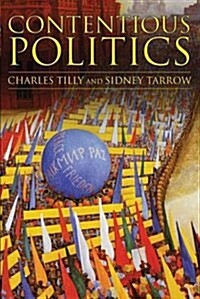
Explaining social processes
- 개인저자
- Charles Tilly
- 발행사항
- Boulder : Paradigm Publishers, 2008
- 형태사항
- viii, 213 p.: ill. ; 24 cm
- ISBN
- 9781594515019
- 청구기호
- 300.1 T579e
- 서지주기
- Includes bibliographical references and index
소장정보
| 위치 | 등록번호 | 청구기호 / 출력 | 상태 | 반납예정일 |
|---|---|---|---|---|
이용 가능 (1) | ||||
| 1자료실 | 00012206 | 대출가능 | - | |
- 등록번호
- 00012206
- 상태/반납예정일
- 대출가능
- -
- 위치/청구기호(출력)
- 1자료실
책 소개
Offers innovative analytical approaches and methods applicable in a wide range of disciplines: politics, sociology, anthropology, history and economics.
목차
PART I: Introduction Chapter 1: Method and Explanation PART II: Concepts and Observations Chapter 2: Systems, Dispositions, and Transactions in Social Analysis Chapter 3: Observations of Social Processes and Their Formal Representations Chapter 4: Even Catalogs as Theories Chapter 5: Iron City Blues Chapter 6: Why Read the Classics? PART III: Explanations and Comparisons Chapter 7: To Explain Political Processes Chapter 8: Means and Ends of Comparison in Macrosociology Chapter 9: Terror, Terrorism, and Terrorists Chapter 10: Linkers, Diggers, and Glossers in Social Analysis PART IV: Historical Social Analysis Chapter 11: History and Sociological Imagining Chapter 12: Historical Analysis of Political Processes Chapter 13: What Good Is Urban History? Chapter 14: Anglo-American Social History Since 1945 Chapter 15: Three Visions of History and Theory PART V: Conclusion Chapter 16: Epilogue






